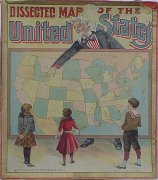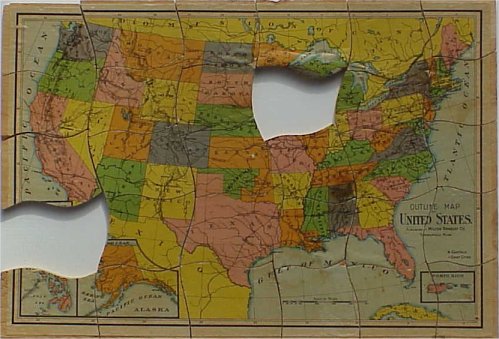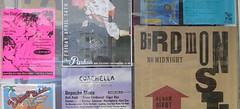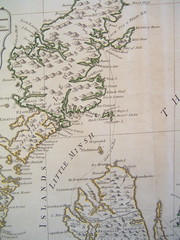Power against the city: The infrastructure state in democratic nations
 The way the story is typically told, eminent domain isn’t a problem for democratic nations like Britain and America; British and American towns are centers of a new, cosmopolitan, and intellectual commons. They invented the coffeehouse and the modern leafy suburbs, and their urban atmosphere was characterized by a contested but evolving civility, certainly not by the power of the state.
The way the story is typically told, eminent domain isn’t a problem for democratic nations like Britain and America; British and American towns are centers of a new, cosmopolitan, and intellectual commons. They invented the coffeehouse and the modern leafy suburbs, and their urban atmosphere was characterized by a contested but evolving civility, certainly not by the power of the state. Some political ghosts are at work in this narrative. Wrapped up with the leftism of Cold War America, urban historians tend to associate the rise of modern urban planning with despotism, singling out the work of sixteenth-century popes like Sixtus V and nineteenth-century empires like Baron Haussman in Paris or Vienna and the Ringstrasse. Such a history tends to distinguish a despotic political system as the major threat to organic society.
We historians tend to exonerate British and American cities of similar activities. Isolated examples of control and demolition like the Bridewell reformatory, Regents Street, and the flaneur’s male gaze are therefore written off as partial examples of Enlightenment tendencies of control, outpaced in Britain by an expanding spirit of democracy; they are considered social problems, which in Britain never received political grounding, as distinguished from the systematic, despotic symptoms of control that characterized the contemporary cities of the continent. This account leaves Britain and America to stand as the major sanctuaries of freedom, democracy, and livable cities: coffeehouse paradises characterized more by the exchange of words than by visual symbols or spatial realities, more by bottom-up activities of writers and novelists than by the top-down efforts of planners and the state
Working at reforming such a narrative -- the article I'm currently working on -- means deploying some thinking of a kind that's nonintuitive, not just for British historians, but for historians of modernity in general.
My contention is that Britain invented, between 1790 and 1830, a new alliance between centralized state power, expert rule, and technology, endowed with the power to reconfigure human and natural environments on an unprecedented scale.
That political reality – the infrastructure state – had a social manifestation in the form of the modern age of landscape, an era where human environments were perpetually marked by their unprecedented scale, the lack of local political access to the mechanisms of design, and the visual symbols of state authority.
These elements came together for the first time in the edifice of the General Post Office, where Britain’s highways connected for the purpose of insuring the security and rapidity of the mails. The building was the result of the demolition of local neighborhoods, the usurpation of authority over design from the neighborhood, city, and event Post Office itself to the Treasury, and the creation of a nationally-revered visual statement about the nation’s identity, spread through lithographs and editorials across the four kingdoms. It inaugurated an era when the decisions of parliamentary experts rather than local builders came to characterize the substance of the everyday built environment, when the landscape itself became the direct conduit of state purposes and national identity.
Photo credit: Tracy Collins, documenting eminent domain at work in New York.
See also: Photos by Metroblossom, a very talented sociology graduate student at the University of Chicago.














